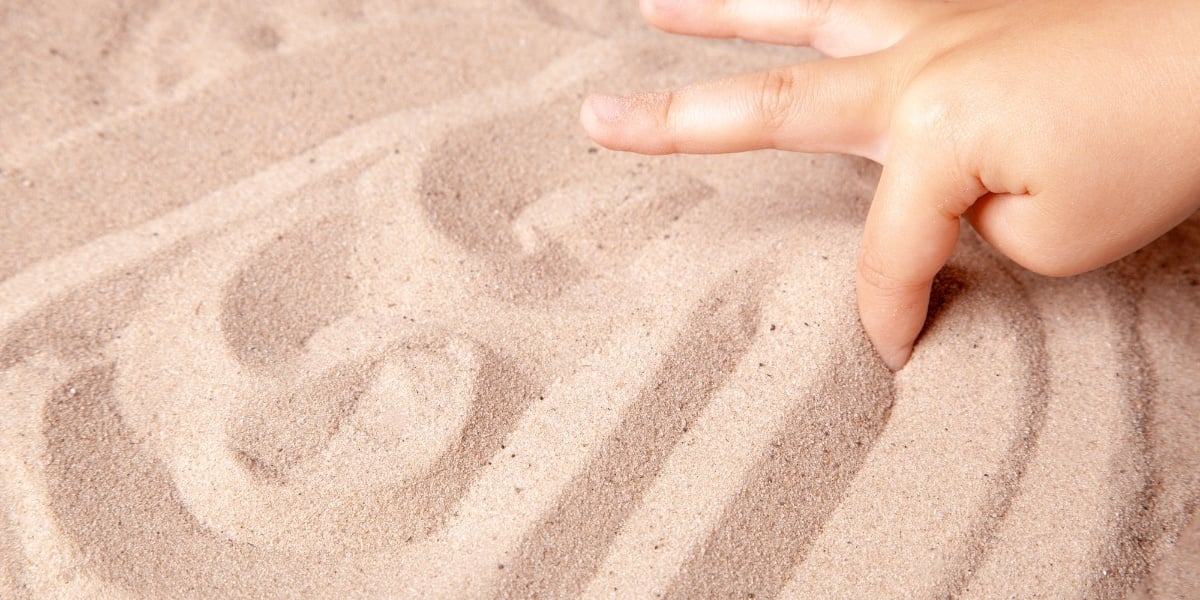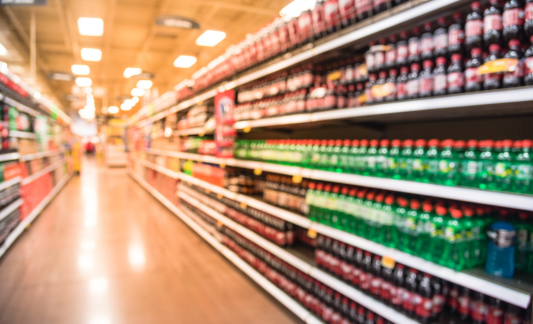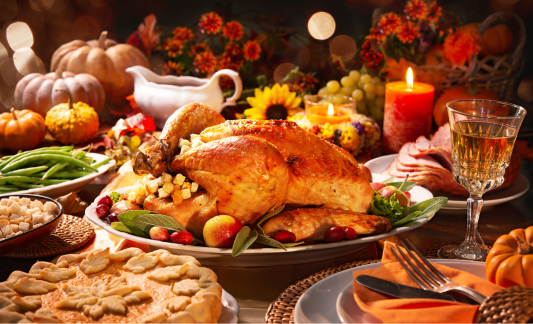Help Isom IGA recover from devasting floods

3 min read
Florida Beaches & Barcodes: How Barcodes Affect Grocery
Written by John Ross
May 23, 2024
In the late 1940s, a young engineer named named Norman Woodland sat on the sand near his grandfather’s Florida apartment, thinking about the challenge he’d heard about in college. A grocer had sought out his university, asking the engineering department if there might be a way to capture product information at checkout automatically. The head of the university turned the project down.
This young man had served as an engineer working on the Manhattan project, helping to develop a nuclear weapon for the U.S. during World War II, so clearly he had strong engineering chops. To him, this retailer’s problem felt like something that should be way easier than unlocking the challenge of nuclear power. Surely, he could come up with a way to let a machine identify a product in a grocery store.
He thought back to his Boy Scout training, where he learned Morse code: simple dots and dashes could be used to send very complicated information over very long distances. He drew some Morse code signals in the sand, then pulled them down to convert the dots and dashes to vertical lines.
He received a patent for the idea in 1952, and thus the modern bar code was born.
It was modern, even visionary in 1952. Now it is over 70 years old.
The universal standard for bar codes helped modernize the 1950s era of the grocery industry. But it was built long before eCommerce, digital media, online marketing, or mobile phones because those technologies didn’t exist back in the 1950s.
Today, retailers need more information on products than ever before. They need data on shipping and pack sizes for efficient ordering; they need data to load onto tags and eCommerce sites. And they need more and better product information so their online offerings look as robust as major competitors like Amazon.
Shoppers also want more information. They crave better nutritional information than small packages offer. They want recipes or use instructions that could never be displayed on the size of a traditional box or can. And they want details on manufacturing like recycled content, point of origin, and other environmental data points.
The industry has listened to these demands and many others, and come up with a new standard, often called 2D barcodes (two-dimensional). Like the rectangles that popped up in restaurants to view menus on your phone during COVID, these QR codes can store many times more information than a simple bar code. A UPC can store up to 25 characters, while a 2D barcode can store thousands. And because the code can link to the cloud, to the internet, or other kinds of networks, it can give shoppers unlimited data about a product online. This means online videos, cooking demonstrations, nutrition clubs, or a thousand other cool ideas no one has even thought of.
There is another huge advantage — with so much data linked to a single product, 2D barcodes will help with recalls. In the moment a product is identified for recall, the scan stage can change and send the shopper to a special message about what to do with the product, including information about risks.
Traceability is also significantly enhanced, with the long-term potential of detailed links between items and source of origin.
Expect many brands to experiment with 2D barcodes in the next couple of years; also expect a rapid increase in the number of 2D barcodes on products through the end of the decade, to where almost all U.S. products carry both the 1D barcode and new 2D QR codes.
Also expect government regulation to push the shift to 2D barcodes, as certification, recycled content reporting, traceability, and other local and state issues will mandate more detailed product information. This will drive accelerated adoption in the U.S. and many countries across the world.
We at IGA plan to experiment with these new tags, pushing the opportunity for extended marketing. This includes games and nutritional trivia on the back of our children's cereal line, and link to our Family Meals Made Easy recipes on canned and boxed products. As we learn more about how many shoppers engage, and what content they like, we can apply those learnings over time to our entire range of private label.
 Sample puzzle game available via IGA cereal 2D barcode.
Sample puzzle game available via IGA cereal 2D barcode.
And that is the key — no one yet knows what shoppers will want. But the good news is that whatever they crave to help them be a better shopper, we can adjust and change content without reprinting labels. How cool is that?
You May Also Like
These Stories on From the Desk of
Dec 18, 2025 9:32:36 AM |
3 min read
Dec 10, 2025 4:57:50 PM |
1 min read


No Comments Yet
Let us know what you think